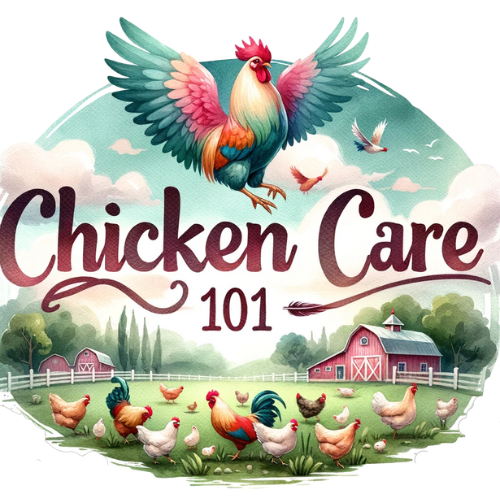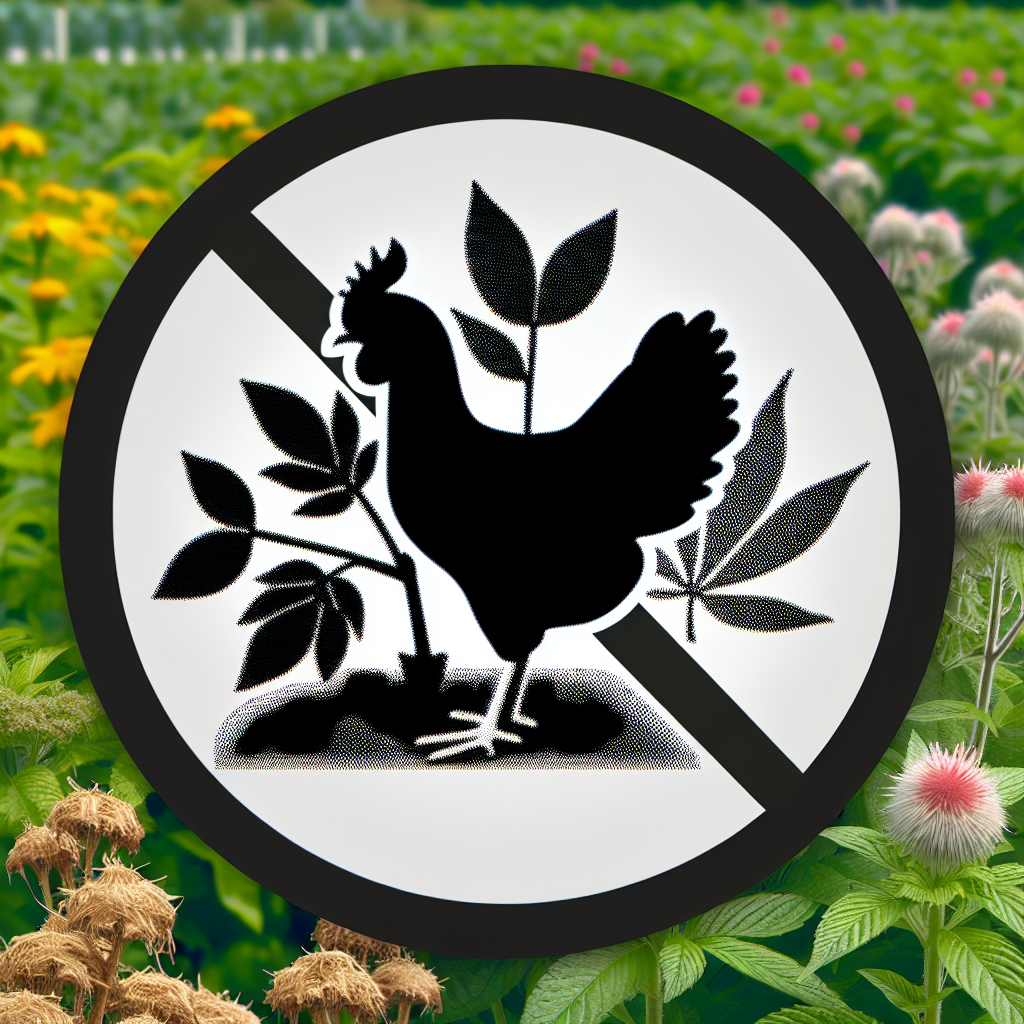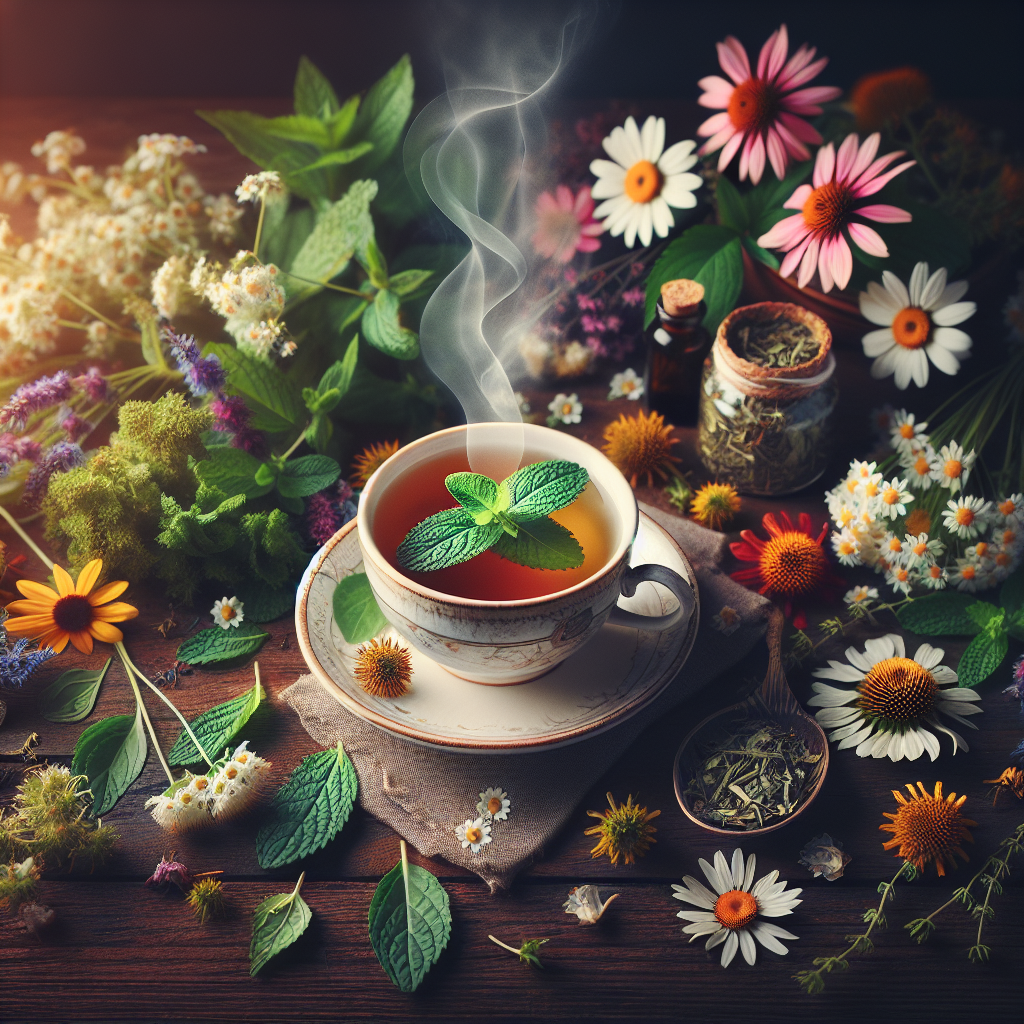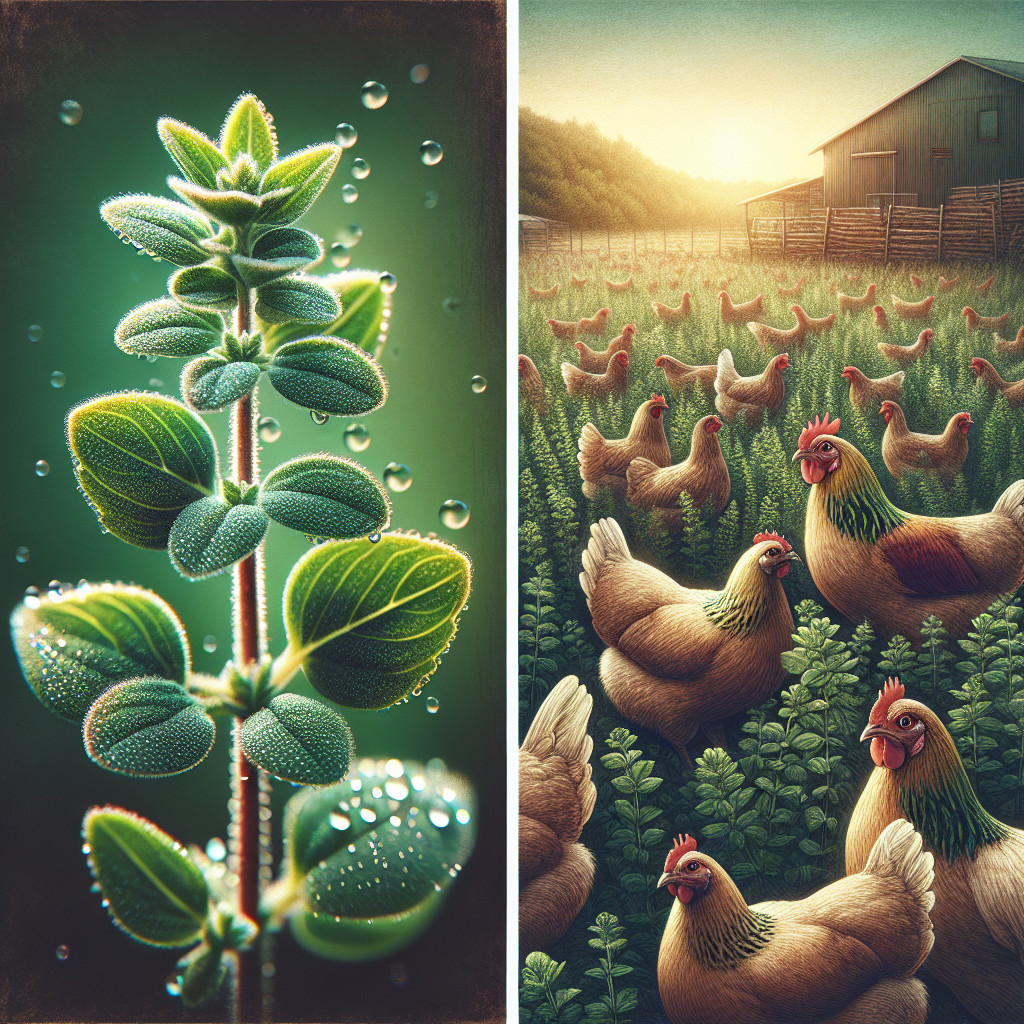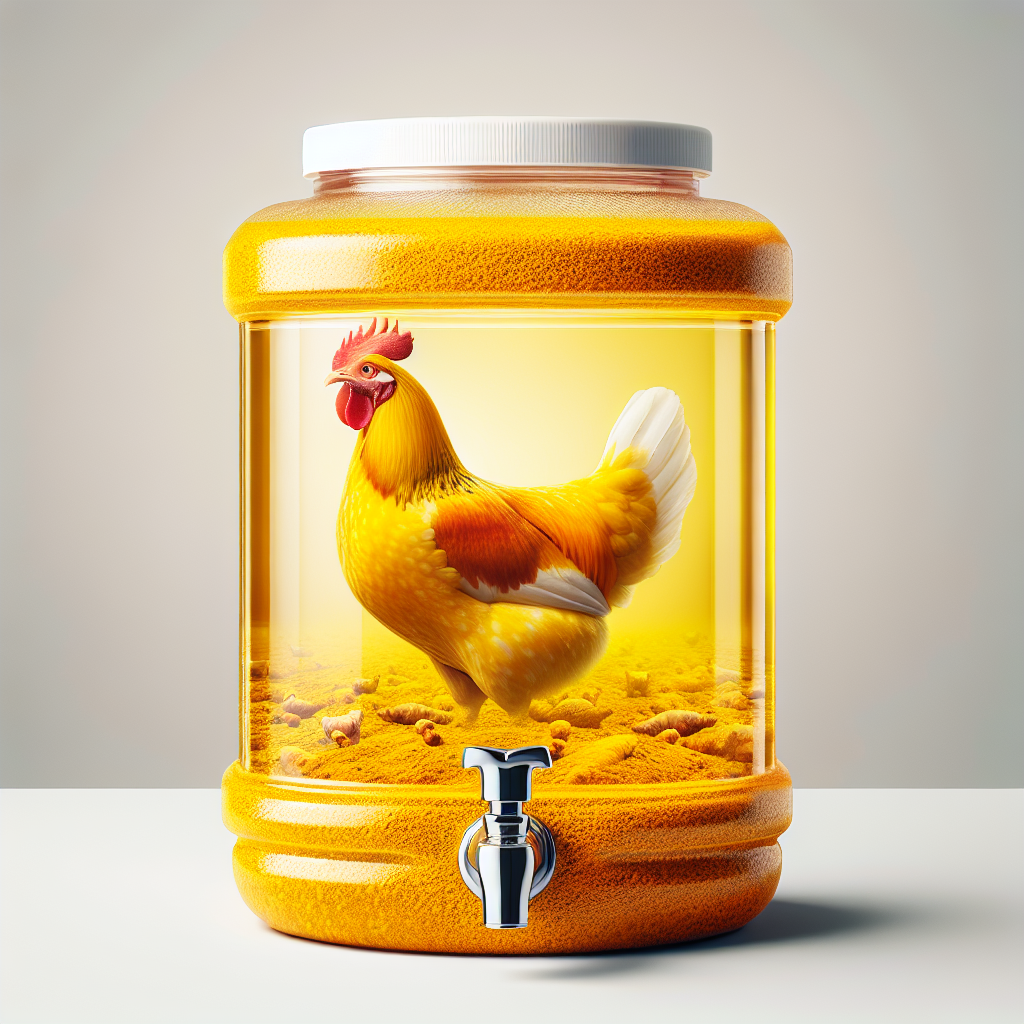Are you a chicken owner or considering getting some feathery friends for your backyard? It’s essential to understand what plants or herbs should be avoided as they might be toxic to chickens. Various common greens, flowers, and herbs can pose a risk to your flock’s health if ingested. In this article, we’ll explore some plants that should be off-limits for chickens, helping you create a safe and healthy environment for your feathered companions. From azaleas to yew, we’ve got you covered. So, let’s dig in and ensure the well-being of your clucky friends!
Plants and Herbs Toxic to Chickens
Chickens are curious creatures, always pecking and exploring their surroundings. However, not all plants and herbs are safe for chickens to consume. Some plants contain toxic compounds that can be harmful and even fatal to chickens if ingested. It is crucial for chicken owners to be aware of these plants and herbs to ensure the health and safety of their feathered friends. In this comprehensive article, we will explore various plants and herbs that are toxic to chickens and discuss ways to prevent toxicity.
Nightshade Family
The Nightshade family includes plants such as tomatoes, potatoes, eggplants, and peppers. While these plants are a staple in many human diets, they contain solanine, a toxic alkaloid that can be detrimental to chickens. Ingesting nightshade plants can cause symptoms such as weakness, diarrhea, vomiting, and even paralysis in chickens. It is best to keep nightshade plants away from areas accessible to your chickens to prevent any accidental consumption.
Lily Family
Beautiful and fragrant, lilies are often used as ornamental plants. However, many lilies, including Easter lilies, tiger lilies, and daylilies, can be toxic to chickens. Ingesting lilies can cause gastrointestinal distress in chickens, leading to symptoms like vomiting, diarrhea, and abdominal pain. It is essential to ensure that your chickens cannot access any lilies or their bulbs, as even a small amount can be harmful.
Oleander
Oleander is a popular flowering shrub known for its vibrant flowers. However, all parts of the oleander plant contain cardiac glycosides, which can be extremely toxic to chickens. Ingestion of oleander leaves, flowers, or twigs can lead to severe symptoms, including irregular heartbeats, tremors, and even death. It is crucial to keep chickens away from oleander plants and promptly remove any fallen leaves or flowers from their environment.
Rhododendron and Azalea
Rhododendrons and azaleas are commonly found in gardens due to their beautiful blooms. However, these members of the Ericaceae family contain grayanotoxins, which can be toxic to chickens. Ingesting rhododendron leaves or flowers can cause symptoms like drooling, weakness, tremors, and even coma in chickens. It is crucial to ensure that your chickens’ enclosure is free from any rhododendron or azalea plants.
Yew
The yew tree is often used for its aesthetic appeal and ornamental purposes. However, the entire yew plant, including its leaves, seeds, and bark, contain toxic compounds called taxines. Ingesting any part of the yew plant can be fatal to chickens, leading to symptoms such as labored breathing, muscle tremors, and collapsing. It is essential to ensure that yew trees are not present in areas accessible to your chickens.
Foxglove
Foxglove is a tall flowering plant known for its bell-shaped flowers. However, all parts of the foxglove plant, especially the leaves and seeds, contain cardiac glycosides that can be toxic to chickens. Ingesting foxglove can cause symptoms such as irregular heartbeats, difficulty breathing, and even heart failure in chickens. It is crucial to keep chickens away from foxglove plants at all times.
Daffodil
Daffodils are beloved flowers, often associated with springtime. However, the bulbs of daffodil plants contain toxic alkaloids that can be harmful to chickens. Ingesting daffodil bulbs or plant parts can lead to symptoms such as vomiting, diarrhea, abdominal pain, and even convulsions in chickens. It is essential to prevent chickens from accessing daffodil plants and to remove any fallen bulbs or plant debris from their environment.
Hydrangea
Hydrangeas are popular flowering shrubs known for their stunning clusters of flowers. However, certain species of hydrangeas contain cyanogenic glycosides, which can be toxic to chickens. Ingesting hydrangea leaves, flowers, or stems can lead to symptoms such as upset stomach, drooling, dizziness, and difficulty breathing in chickens. It is crucial to ensure that chickens cannot access hydrangea plants or any fallen parts.
Rhubarb
Rhubarb is a widely cultivated vegetable known for its tart taste and culinary uses. However, the leaves of the rhubarb plant contain high levels of oxalic acid, which can be toxic to chickens. Ingesting rhubarb leaves can lead to symptoms such as drooling, tremors, weakness, and kidney damage in chickens. It is vital to keep chickens away from rhubarb plants and to dispose of any fallen leaves promptly.
Mistletoe
Mistletoe is a popular decorative plant during the holiday season. However, all parts of the mistletoe plant, including its leaves and berries, contain toxic compounds such as lectins and viscotoxins. Ingesting mistletoe can lead to symptoms such as gastrointestinal upset, weakness, difficulty breathing, and even heart failure in chickens. It is essential to keep mistletoe plants out of reach of chickens at all times.
Other Potentially Toxic Plants
In addition to the aforementioned plants and herbs, there are several others that can be potentially toxic to chickens. It is important to be aware of these plants and herbs and take necessary precautions to prevent accidental consumption. Some of these plants include:
Castor Bean Plant
Philodendron
Tulip Bulbs
Sago Palm
Pokeweed
Black Walnut
Tansy
Cherry Laurel
Jasmine
Lupine
Preventing Toxicity in Chickens:
Understanding the Symptoms of Plant Toxicity in Chickens
Creating a Safe Enclosure for Chickens
Proper Feed Management
Ongoing Observation and Monitoring
Promoting a Balanced Diet
Consulting with a Poultry Veterinarian
By being aware of the plants and herbs that are toxic to chickens and implementing preventive measures, you can ensure the well-being of your flock. Remember, a safe and healthy environment is key to fostering happy and thriving chickens.
